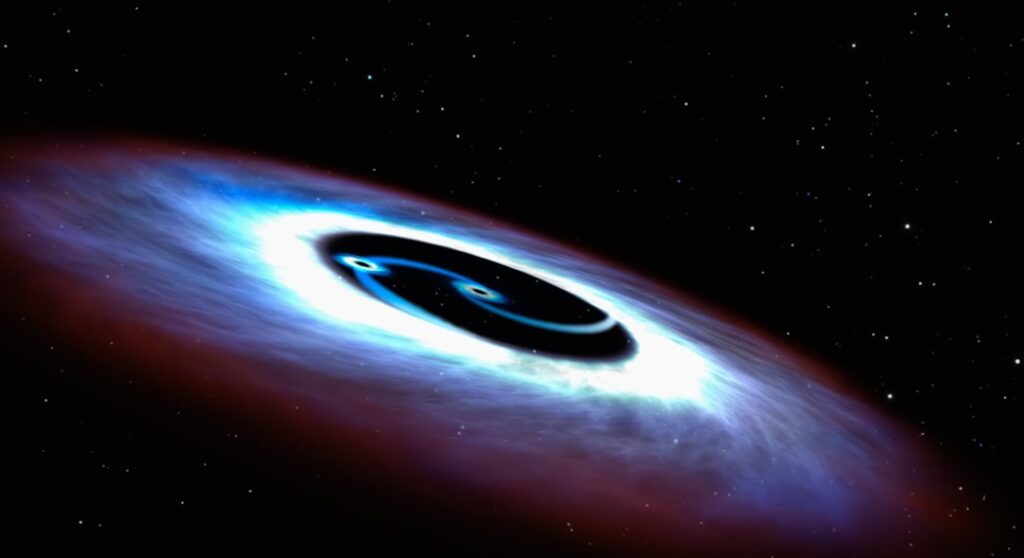Picture this: Sixty-six million years ago, three-quarters of Earth’s plant and animal species, including all non-avian dinosaurs, suddenly vanished from existence. But here’s what might blow your mind – somewhere in the vast expanse of our galaxy, a cosmic monster was quietly watching. Sagittarius A*, the supermassive black hole at the galactic center of the Milky Way, had already been lurking there for billions of years. Could this distant giant have been a silent witness to one of Earth’s most dramatic chapters?
When Titans Ruled and Cosmic Giants Watched

Dinosaurs became extinct 66 million years ago, at the threshold of the Cretaceous and Paleogene periods, with the disappearance of horned Triceratops and the dreaded Tyrannosaurus rex coinciding with this geological transition. Meanwhile, approximately 26,000 light-years away, our galaxy’s central black hole was already an ancient entity. Astrophysicists have studied Sagittarius A* to learn more about it, including its age, and they say it formed about nine billion years ago.
Think about that timeline for a moment. While dinosaurs were just beginning their evolutionary journey here on Earth, this black hole had already been governing the center of our galaxy for billions of years. It’s like having an eternal guardian watching over cosmic events from an unimaginable distance.
The Day That Changed Everything
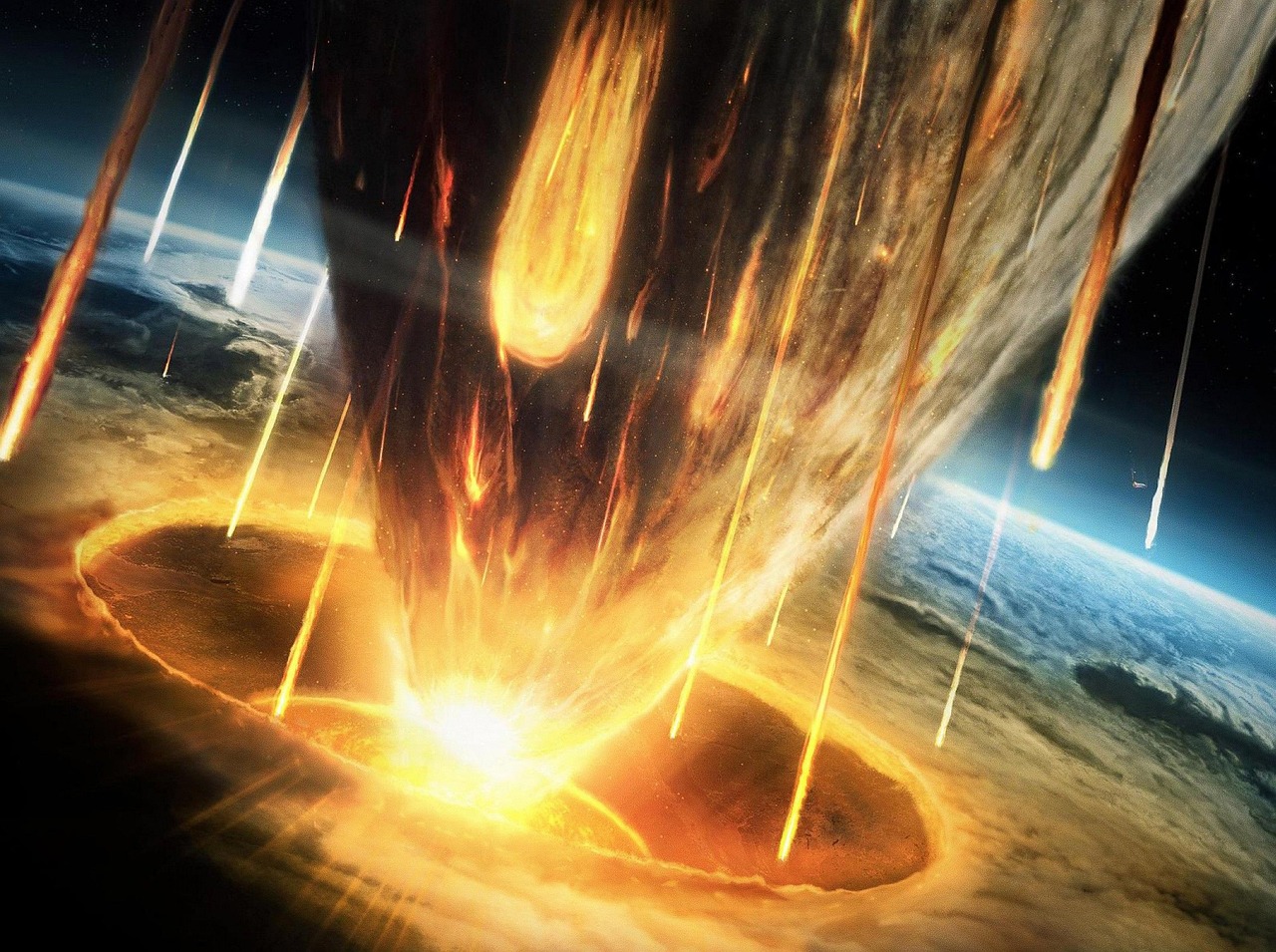
Sixty-six million years ago, a mountain-size asteroid slammed into Earth just off the coast of Mexico’s Yucatán Peninsula, dooming the dinosaurs and leading to their extinction. Recent detailed analysis of the Chicxulub crater has indicated a formation date of approximately 66,038,000 years ago (plus or minus 11,000 years as a margin of error). The cosmic impact was absolutely devastating, but from the perspective of our galactic center, it would have been like watching a tiny spark flicker on a distant world.
The collision was cataclysmic, triggering tsunamis that swamped vast swaths of coastline and firestorms that may have raged across the entire globe, while the impact blasted huge amounts of dust and vaporized rock into the air. But here’s the fascinating part – while Earth was experiencing this apocalyptic event, Sagittarius A* continued its eternal dance, pulling matter toward itself with gravitational forces so intense that not even light can escape.
The Silent Observer at the Galaxy’s Heart
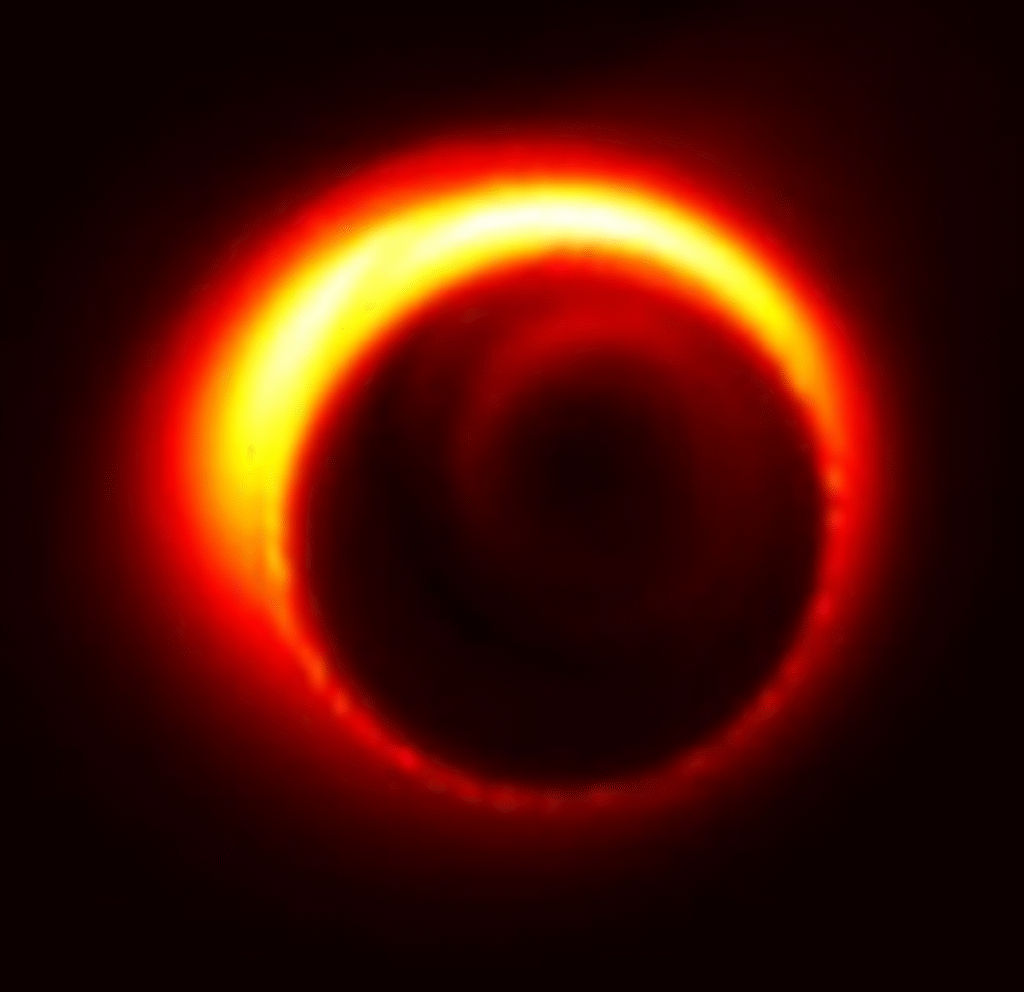
The current best estimate of Sagittarius A*’s mass is 4.297±0.012 million solar masses – that’s roughly 4.3 million times more massive than our Sun. The one at our Milky Way’s core clocks in at about 4.3 million solar masses, equal to 1.4 trillion Earths, its unseen gaping maw as wide as the orbit of Mercury at perhaps 27 million miles. Imagine something that massive just sitting there, completely unaware of the drama unfolding on a small blue planet in one of the galaxy’s spiral arms.
Supermassive black hole Sagittarius A* is located in the middle of the Milky Way galaxy, and at just 26,000 light years from Earth, it’s one of very few black holes in the universe where we can actually witness the flow of matter nearby. From its perspective, our entire solar system would be just another speck in the cosmic neighborhood.
Cosmic Timing and Galactic Perspective

What’s truly mind-boggling is the scale of time we’re dealing with here. Some 66 million years ago – 10 times farther back in time than the common ancestor of humans and chimpanzees – an unimaginable natural disaster put a permanent end to the dinosaurs, suddenly opening new, rapid evolutionary possibilities for mammals, ultimately including primates. But for Sagittarius A*, 66 million years is practically yesterday.
Black holes exist on timescales that make geological time look brief. While Earth was going through this massive extinction event, our galactic center was probably doing exactly what it’s doing today – slowly consuming matter and maintaining its gravitational grip on hundreds of billions of stars, including our Sun.
The Evidence Left Behind
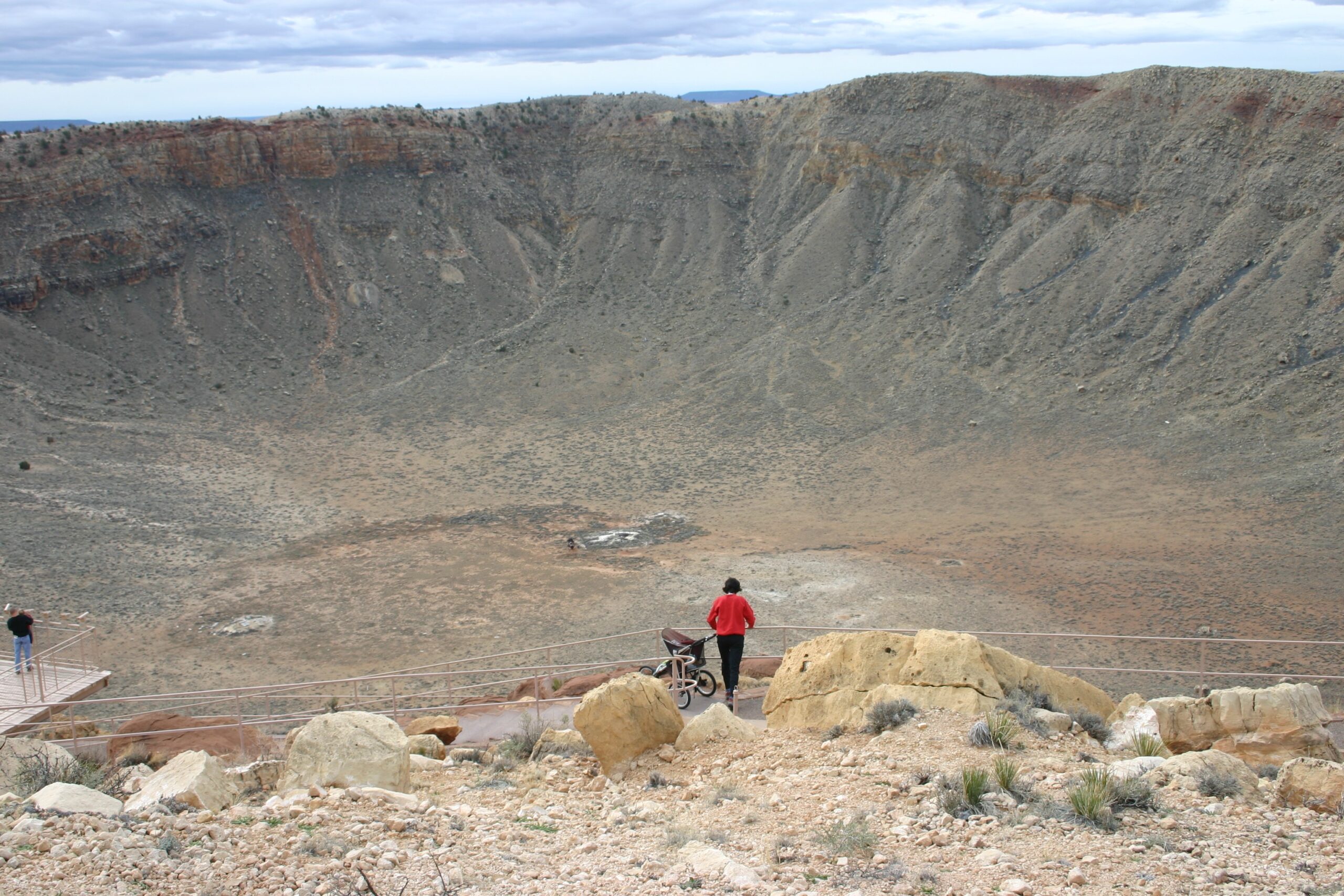
In the late 1970s, geologist Walter Alvarez and his father, Nobel Prize–winning scientist Luis Walter Alvarez, put forth their theory that the Cretaceous–Paleogene extinction was caused by an impact event, with the main evidence contained in a thin layer of clay that contained an abnormally high concentration of iridium, a chemical element rare on Earth but common in asteroids. This iridium layer became the smoking gun that proved a cosmic visitor had indeed struck our planet.
A meteor impact 66 million years ago generated a tsunami-like wave in an inland sea that killed and buried fish, mammals, insects and a dinosaur, the first victims of Earth’s last mass extinction event. The fossil record tells a story of sudden catastrophe – but from Sagittarius A*’s distant vantage point, this would have been completely invisible.
What the Black Hole Couldn’t See

Here’s something fascinating to consider: despite its immense power and gravitational influence, Sagittarius A* would have been completely oblivious to Earth’s crisis. When a 6- to 10-mile-wide asteroid struck Earth during the Cretaceous period, it caused the mass extinction of approximately three-quarters of all species, while the impact theory is generally accepted, some scientists argue that other causes, such as heightened volcanic activity, played a significant role in the dinosaurs’ demise.
Even with all its cosmic might, our galaxy’s central black hole couldn’t have detected the asteroid that changed the course of life on Earth. The scale differences are just too vast – it would be like trying to notice a grain of sand falling into a swimming pool from several miles away.
The Fossil Record Tells the Tale

Around 66 million years ago, something unusual happened on our planet that we can see in the fossil record – fossils that are abundant in earlier rock layers are simply not present in later rock layers, as a wide range of animals and plants suddenly died out, from tiny marine organisms to large dinosaurs. This sudden disappearance creates a clear boundary in Earth’s geological history.
What makes this even more intriguing is that this unique, fossilized graveyard – fish stacked one atop another and mixed in with burned tree trunks, conifer branches, dead mammals, mosasaur bones, insects, the partial carcass of a Triceratops, marine microorganisms called dinoflagellates and snail-like marine cephalopods called ammonites – was laid down soon after the asteroid impact that eventually led to the extinction of all ground-dwelling dinosaurs.
Modern Eyes on Ancient Events

Today, we can actually see Sagittarius A* thanks to incredible technological advances. In May 2022, astronomers released the first image of Sagittarius A*, using the Event Horizon Telescope, a world-wide network of radio observatories – this is the second confirmed image of a black hole, after Messier 87’s supermassive black hole in 2019.
An international team of astronomers, including researchers at MIT’s Haystack Observatory, has captured the light around our own supermassive black hole, revealing for the first time an image of Sagittarius A*, and the resulting image reveals it for the first time in the form of a glowing, donut-shaped ring of light that lies just outside the event horizon, the result of light being bent by the black hole’s enormous gravity.
The Dinosaur Legacy and Black Hole Mysteries
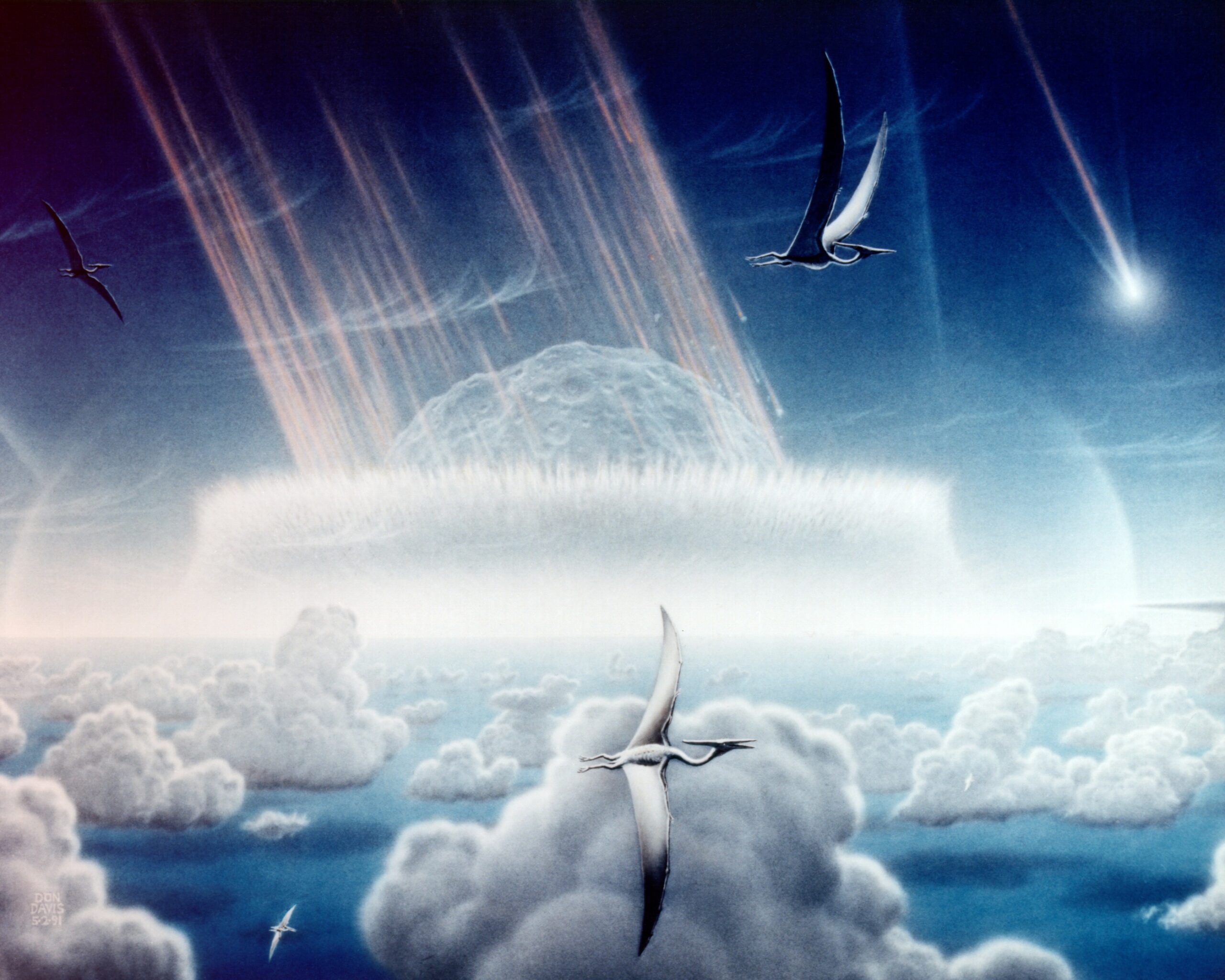
The extinction also provided evolutionary opportunities: in its wake, many groups underwent remarkable adaptive radiation – sudden and prolific divergence into new forms and species within the disrupted and emptied ecological niches, with mammals in particular diversifying in the following Paleogene Period, evolving new forms such as horses, whales, bats, and primates. Without that cosmic impact, humans might never have evolved to eventually discover and photograph Sagittarius A*.
It’s a strange twist of cosmic irony. The same universe that harbored a massive black hole at our galaxy’s center also sent an asteroid to end the age of dinosaurs, paving the way for mammals – and eventually us – to rise and develop the technology to peer back at that very black hole.
A Cosmic Perspective on Time

According to recent evidence from NASA’s IXPE telescope, Sagittarius A* appears to have become more active about 200 years ago, yet new evidence from NASA’s IXPE telescope suggests the ancient sleeping giant woke recently – about 200 years ago – to devour gas and other cosmic detritus within its reach. This shows that even now, our galactic center is still active and changing, just on timescales that dwarf human comprehension.
When we think about the dinosaur extinction, we’re looking at an event that lasted maybe a few years at most. But Sagittarius A* operates on scales where millions of years are just brief moments. The black hole that was present during the dinosaur extinction is the exact same entity we study today – unchanged, eternal, and still governing our galaxy’s center.
Conclusion: The Eternal Witness
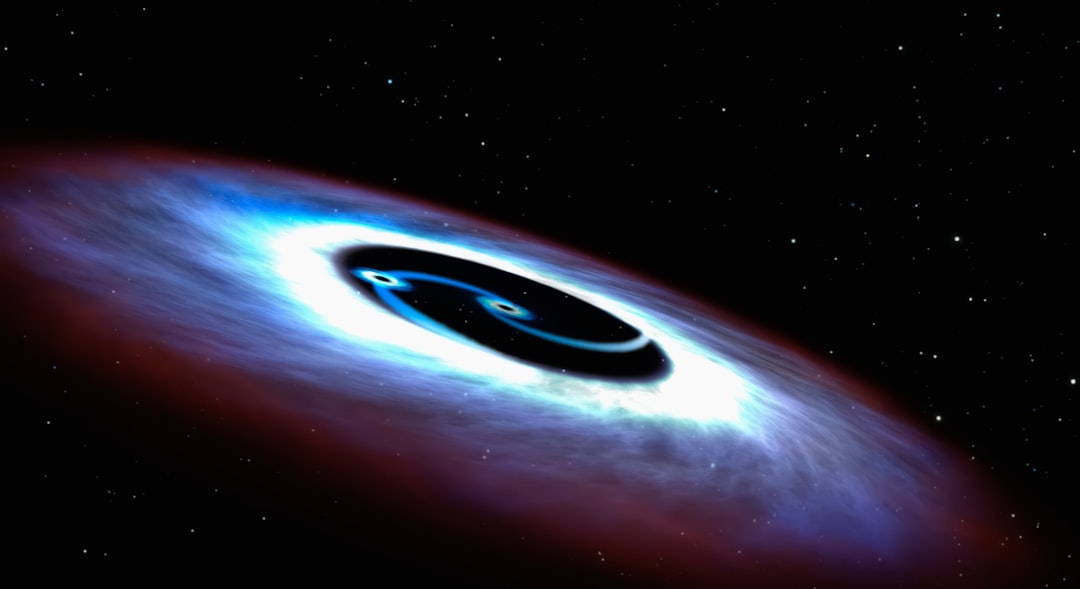
So did a black hole watch the fall of the dinosaurs? In the most literal sense, no – Sagittarius A* couldn’t have “seen” the asteroid impact or its aftermath. But in a poetic sense, absolutely yes. This cosmic giant was there, silently presiding over our galaxy while one of Earth’s most dramatic chapters unfolded.
If an asteroid hadn’t killed off the dinosaurs, humans would almost certainly have never walked the Earth. And without humans, no one would have developed the technology to finally capture an image of the black hole that was there all along, watching over our galaxy through countless cosmic events. It makes you wonder what other dramatic moments in Earth’s history this silent sentinel has witnessed from its distant throne.
What other cosmic dramas might Sagittarius A* have observed throughout its nine billion year existence?

